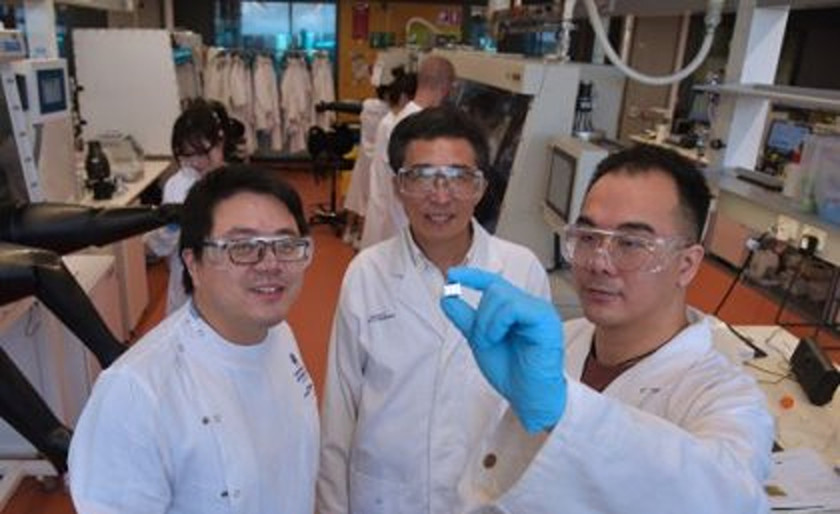Researchers from the University of Queensland have developed a 2D/3D Tin -Alide -Alide -Alide -perovskiet (THP) solar cell with a certified efficiency of 16.65% and peak performance of 17.13%, so that the stable output under continuous lighting is maintained for more than 1500 hours.
Researchers from the University of Queensland in Australia have manufactured a solarge halide perovskiet (THP) solar cell with a 2D/3D heterojunction architecture.
“There is a large commercial potential in THP sun cells because perovskiet devices are more durable to produce than silicon-based solar cells,” said the main author of the research, Peng Chen. “The advantage of THP is that we are dealing with more environmentally friendly tin and not the toxic lead that is often used in most perovskite solar cells, which means that they can be installed safely in the house.”
Cell Uses a 2D perovskiet layer on the interface between the perovskiet and the gattransport layer, the researchers saying that the transport/extraction of load carrier can improve and at the same time suppress Ionmigration. Cells with this architecture usually show large exciton -binding energies and are that In general, more stable than conventional 3D devices due to the protection of the organic ligandies.
For the new cell design, the Academics have adopted a special chemical engineering strategy to regulate the nucleation ministry of mixed-dimensional perovskites with a homogeneous 2D/3D bulk heterostructure. In addition, they used Cesium ions to improve the microstructure and reduce defects in the THP film.
“This is what enabled us to achieve a record level of efficiency and yet to have a product that would endure strict environmental controls,” Chen explained. “I think we now have a formula that will only continue to improve.”
The cell was manufactured with a substrate made of indium tinoxide (ITO) and glass, a pedot: pss -gatte transport layer, the perovskietabsorber, A buffer layer of a Bathocuproine (BCP) and a silver (AG) metal contact.
Tested under standard lighting conditions, the device achieved an efficiency of 17.13% and a certified efficiency of 16.65%, while it also showed stable operation under continuous single -sister lighting for more than 1500 hours in nitrogen without inkhanging.
“It may not seem that much, but this is a huge leap in a field that is known for delicate and incremental progress,” said co-author Lianzhou Wang. “The lecture is in line with many silicone -based solar cells that are currently on the market, but with the potential to make cheaper and faster. We are very happy with the record and also contribute to the progress of cost -effective technology for renewable energy technology.”
The scientists introduced the new cell concept in “Homogeneous 2D/3D Heterostructured Tinhalide perovskiet photovoltaic‘Published in the magazine Natuurnanotechnology.
This content is protected by copyright and may not be reused. If you want to work with us and reuse part of our content, please contact: editors@pv-magazine.com.

